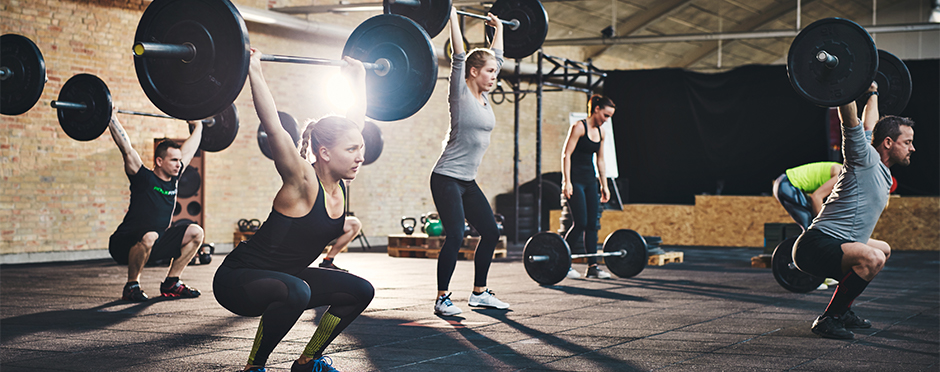

The squat is one of the most fundamental movements a human needs to be able to perform both in life and in sports. In life we use the squat to sit down and stand up from chairs or going down to the floor to reach for objects. In sport we use squat movements when preparing to jump and land, as well as when getting into an athletic position. The squat is also used in the strength training realm as it has tremendous carry over to all other aspects of sport.
With that being said, the squat is a complex movement, as it requires considerable strength and mobility out of three major joints in the leg, the hip, knee and ankle. From a mobility aspect, the squat requires flexion and extension of the hip, knee and ankle as well as some rotation from the hip. From a strength perspective, the squat requires the use of the quadriceps, hamstrings and glutes as well as the rotators of the hip in order to help control any medial or lateral movement of the knee. Being that the squat is such a complex movement, it is best to warm up properly for the squat when improving strength and mobility for everyday life movements or in preparation for a strength training session.
If you are currently experiencing any lower back, hip, knee or ankle pain, you should have this evaluated prior to attempting these exercises.
Goblet Squat Dorsiflexion Stretch
Begin the squat movement by rotating your hips out and pushing your hips back to hinge at the hips and maintaining a flat back position. Slowly lower down into the squat position and rest your forearms on your thighs in order to increase the flexion of the ankle joints. Try to keep your toes pointed forward as much as possible. Rock back and forth a few time and then stand back up. Perform four sets of five reps.
Squat with External Rotation Stretch
Begin the squat movement by rotating your hips out and pushing back to hinge at the hips while maintaining a flat back position. Slowly lower down into the squat position, once in the bottom of the squat position, slowly rotation your right knee outward and return to a neutral position. Repeat on the left side. Perform two sets of 10 reps.
Wall Squat
Begin by facing a wall with your feet about 6-8 inches away from the wall and your arms in an overhead position. Begin the squat movement by rotating your hips out and pushing back to hinge at the hips while maintaining a flat back position. Attempt to squat as low as possible while keeping your hands away from the wall and your weight evening distributed in your feet. Perform two sets of 10 reps.
Dowel Good Morning
This exercise is great for learning how to proper posteriorly hip hinge while maintaining a neutral back position. Begin by holding the dowel along your spine and maintaining three points of contact – the back of the head, between the shoulder blades and lower back. Begin the movement by pushing your hips backward and maintaining the points of contact. Continue this movement until you feel a good stretch in the hamstrings and then return to the starting position. Perform two sets of 10 reps.
Band Walks
Begin with a band around your legs at just below knee level and in an athletic position with your chest up. Take steps sideways but do not let your feet touch. Keep your toes pointed forward and don’t drag your feet.
Lunges
Lunges are a great way to prep the quads and hamstrings for a complex movement such as squatting, while helping the gluteal muscles prep to stabilize the legs. Begin by having your feet shoulder width apart and step one leg 12-18 inches in front of the other. Then lower your body down until the back knee contacts the floor and maintain an upright chest. Stand back up to the starting position. Perform two sets of 10 reps for each leg.
Ready to Squat
Hopefully these exercises can help you prepare for squatting, whether it’s for working in the yard or warming up for a strength training session. If you experience any unusual aches or pains during or after you squatting session, schedule an appointment at Springfield Physical Therapy & Wellness.

